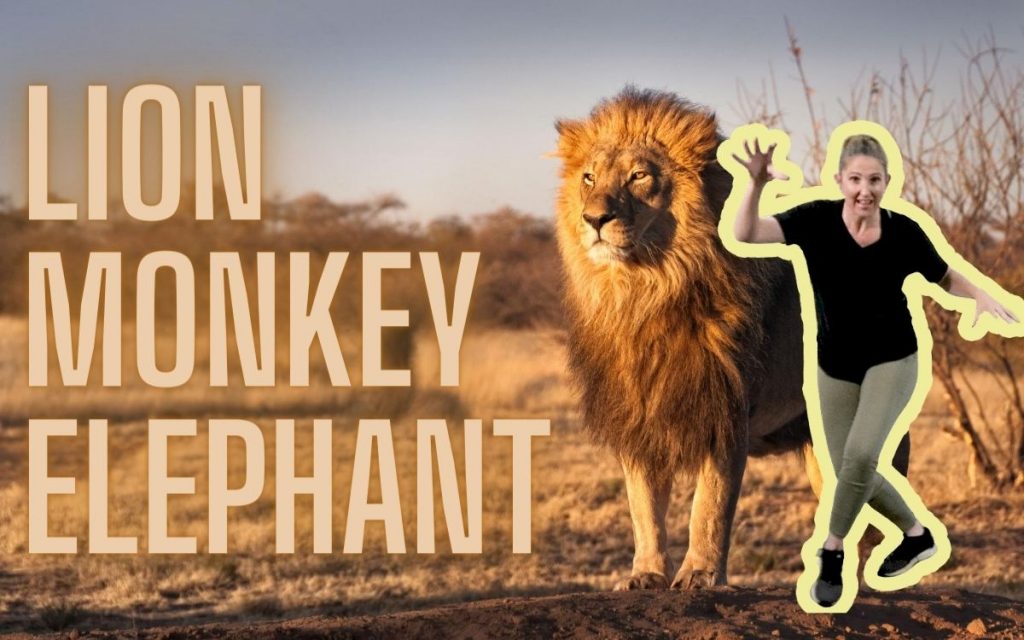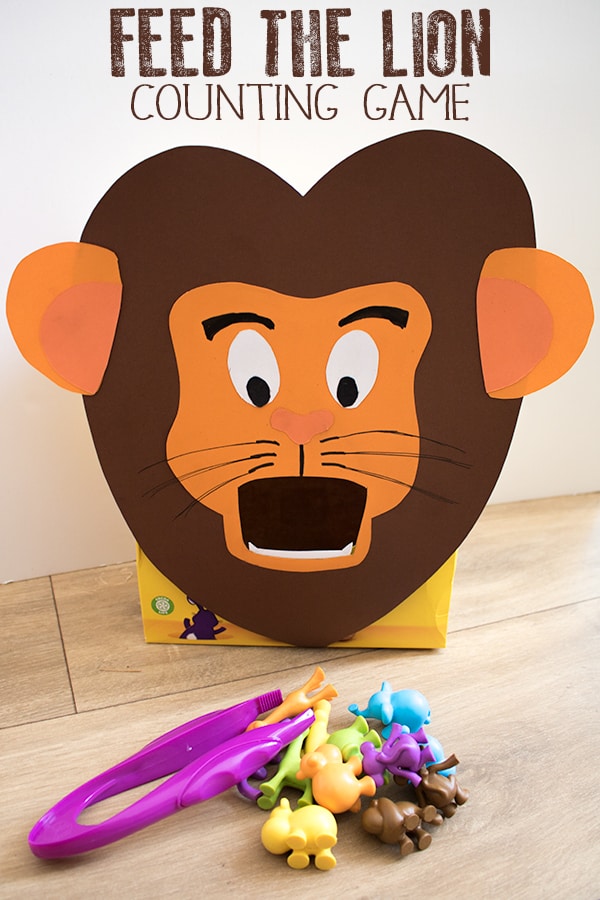
Not able to get to a zoo? Not a problem, this fun and creative movement lesson on Youtube will get your kids not only engaging with zoo animals but also learning and thinking about how they move in their environment through dance!
The lesson creatively explores moving in ways that represent a lion, monkey and elephant and uses music carefully selected to help ignite the imagination and provide a beat and rhythm to dance to.
It is a great brain break activity in the classroom and at home to get the wiggles out or can be used as a springboard for learning about these animals and a way of incorporating dance into your curriculum and home.
Click here to go straight to a playlist on Youtube of dance classes by Move Dance Learn. Don’t forget to subscribe to get notifications as the library is growing and should have twenty videos up soon!
What is the full word for Zoo?
The full word zoo is actually a nickname or a shortened version of the words Zoological Garden. Zoological is an adjective that has been taken from the noun zoology. Zoology is the branch of science or biology that focuses on the study of animals.
What defines a Zoo?
A zoo can be defined as a gated park or garden where people are able to go and view live animals placed into displays for entertainment and/or educational purposes. The animals on display live in captivity which means measures have been made to ensure they cannot escape. The animals are cared for by zoo keepers who feed them, clean their enclosures and look after all their medical needs.
What Animals are usually in a Zoo?
Animals you might find in a zoo are lions, tigers, bears, monkeys, gorillas, crocodiles, alligators, snakes, lizards, kangaroos, koalas, giraffes, rhinoceros, hippopotamus, exotic birds, emu, ostrich, camel, gazelle, deer, meerkat, frogs, toads, penguins, seals, anteaters, echidna, armadillo, sloth, fish and more…
Animals that humans do not domesticate or that we describe as being wild are generally found in zoos such as lions, gorillas, and elephants. Domesticate means to tame animals so they are safe to live in close proximity with humans on a daily basis. For example, you would not find domesticated animals such as a cat or dog, a horse, or even farm animals such as pigs or cows in a zoo – may be in a petting zoo which is made up of domesticated animals people can safely touch.
How do you explain wild animals to kids?
Wild animals are those that live in their natural habitat or environment. They look after themselves, hunt or forage for food, and can live their entire lives with little or no human interaction. Humans need to take care near and around wild animals as they live using their instincts rather than a thinking brain like humans in order to survive. This means that wild animals are known to attack humans to protect and defend themselves.
How do you teach animals for kids?
The best way to teach kids about animals is through experience. This might be by having a pet of your own, by visiting a zoo and viewing different animals, spending a day at a farm or going to a petting zoo where they can feed, pet and hold animals. Reading about animals as well as watching videos where children can see them also helps to widen their experience. Talking about the similarities and differences between animals their features especially helps to develop categorisation and identification methods in children – I know that my 18 month old old for quite a while called anything with four legs a cow, until he was exposed to more animals and heard me describing them and naming them! Also discussing where animals live, what they eat and how they move helps children learn about animals and is where the dance lesson activity in this post can help to broaden your child’s understanding and accelerate their learning about animals!
LINKS TO THE CURRICULUM
As a teacher in Australia with a Bachelor of Education (Primary), I am always looking at ways to creatively teach children and regularly used dance and movement in my classroom to enforce learning of concepts and material we were learning about in different areas of the school curriculum.
The following are some links and connections that can be made from this movement lesson to various other areas of learning!
Mathematics and Arithmetic

Use a search engine to look up ‘maths worksheets or maths activities about lions or monkeys or elephants’ and you will be surprised at the number of free resources available to you or ideas such as the one in the photo from rainydaymum.co.uk. Or go to a site such as Teachers Pay Teachers where you can buy themed and leveled worksheets for kids.
English and Literacy
- Create a list of Zoo related spelling words.
- Brainstorm words that describe a zoo, or one of the animals in the lesson.
- Write down verbs that describe the way the animals move.
- Recount a time you have visited the zoo or doing this dance lesson.
- Write a narrative about going on a safari or jungle adventure that includes a lion, monkey, or elephant
- Research and then write a report or explanation about lions, monkeys or elephants.
- Write an argumentative or persuasive essay expressing your position on zoos, hunting or urbanization, and the taking over of animals’ habitats.
Social Studies, Science & Technology
- Go on an excursion to the zoo or watch a documentary about these animals.
- Learn about the African Savannah or Jungle ecosystems and why they are important for our Earth.
- Explore how these animals have evolved over time.
- Roleplay being a vet at a zoo – create a veterinarian clinic at home or in the classroom and discover how to care for these animals. (links to biology)
- Learn about the evolution of the Zoo. From a place that basically jailed animals behind bars to today where habitats are created instead.
Geography
- Mark on a map of the world all the locations that lions, elephants or monkeys live in their natural habitat.
- Mark on a map all of the major zoos in the world.
Recent Posts
Here at Move Dance Learn, we create dance videos for kids. We have so many to offer, but thought we would put together a list of our top ten dance tutorials for kids to make them easy for you to find...
Here at Move Dance Learn, we create dance videos for toddlers, preschoolers and kindergartners. We have so many to offer, but thought we would put together a list of our top ten dance videos for...
